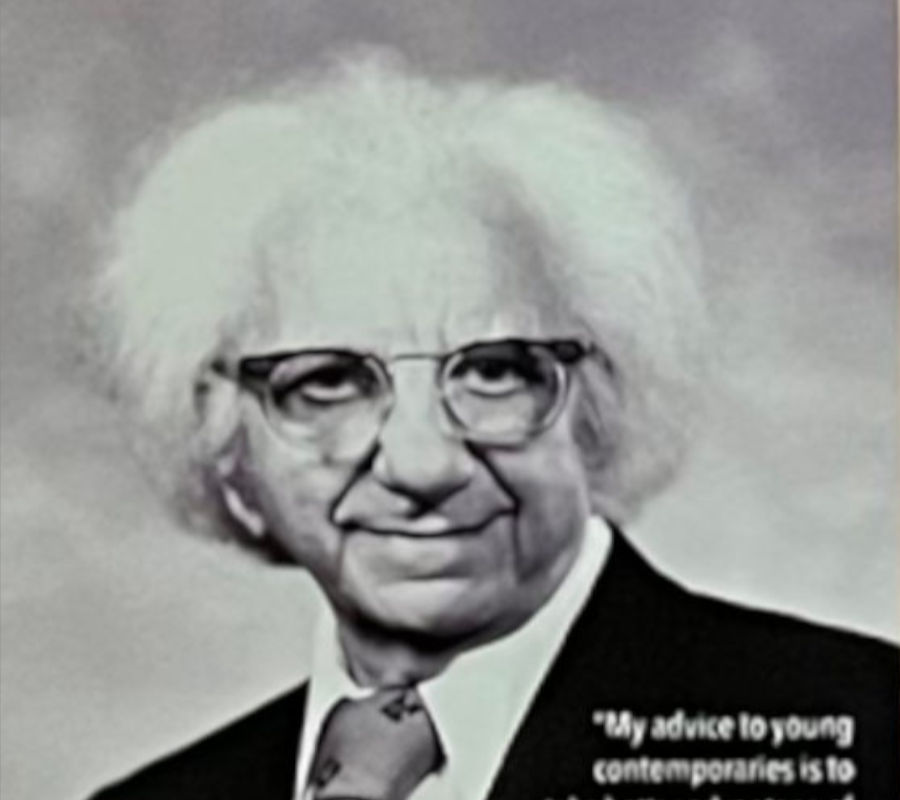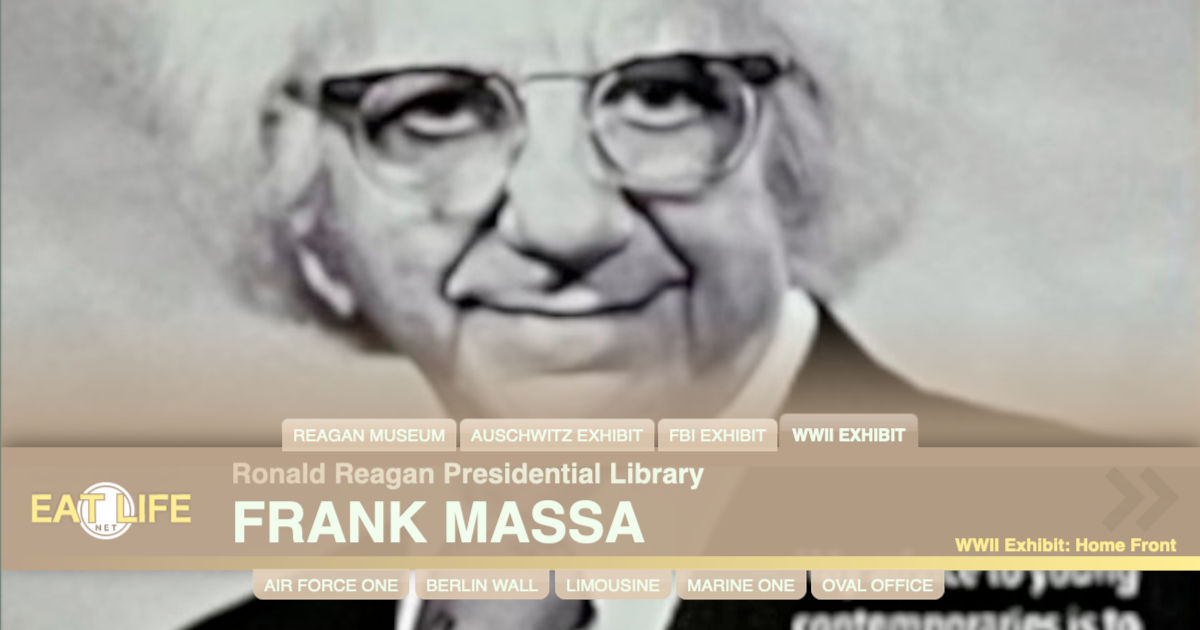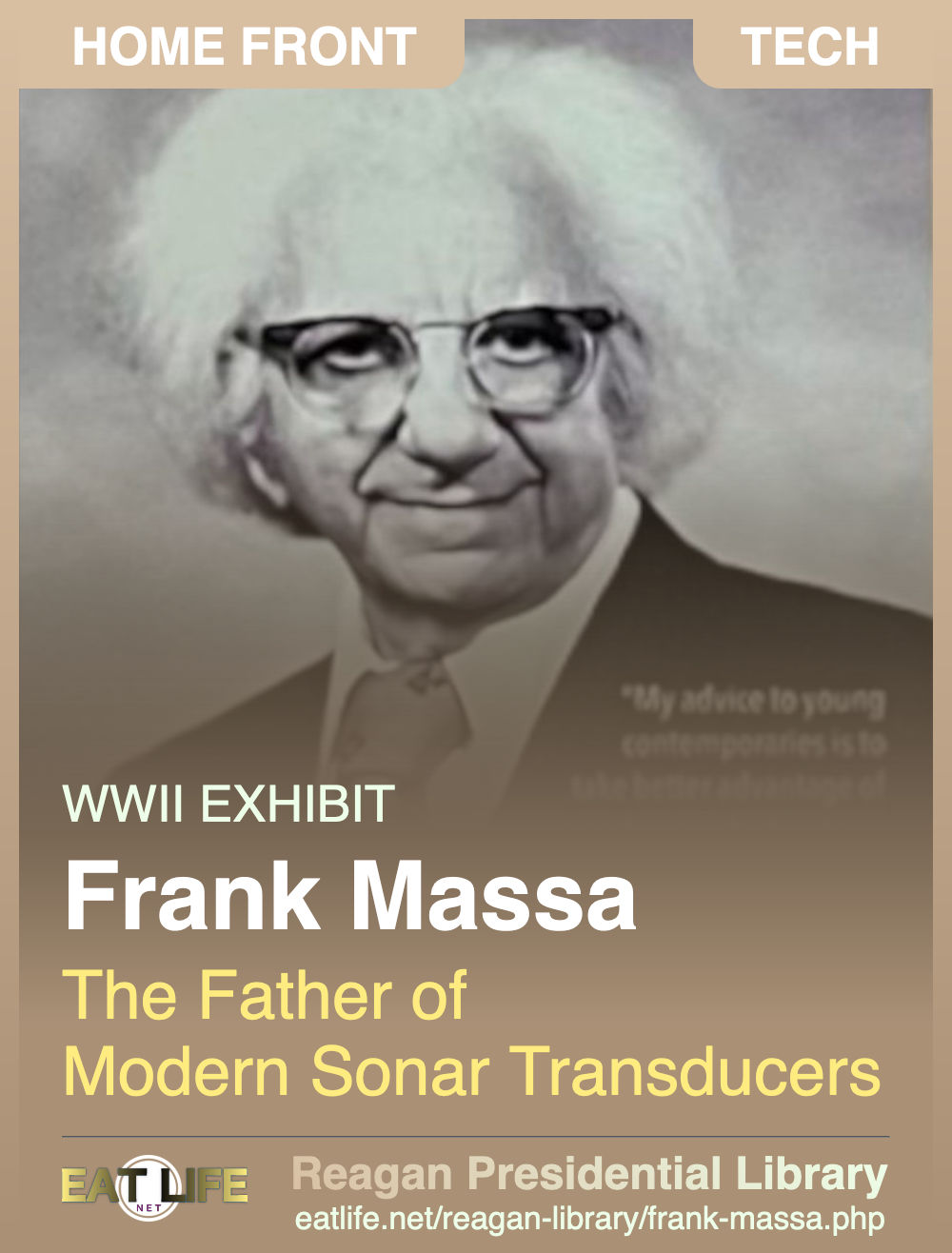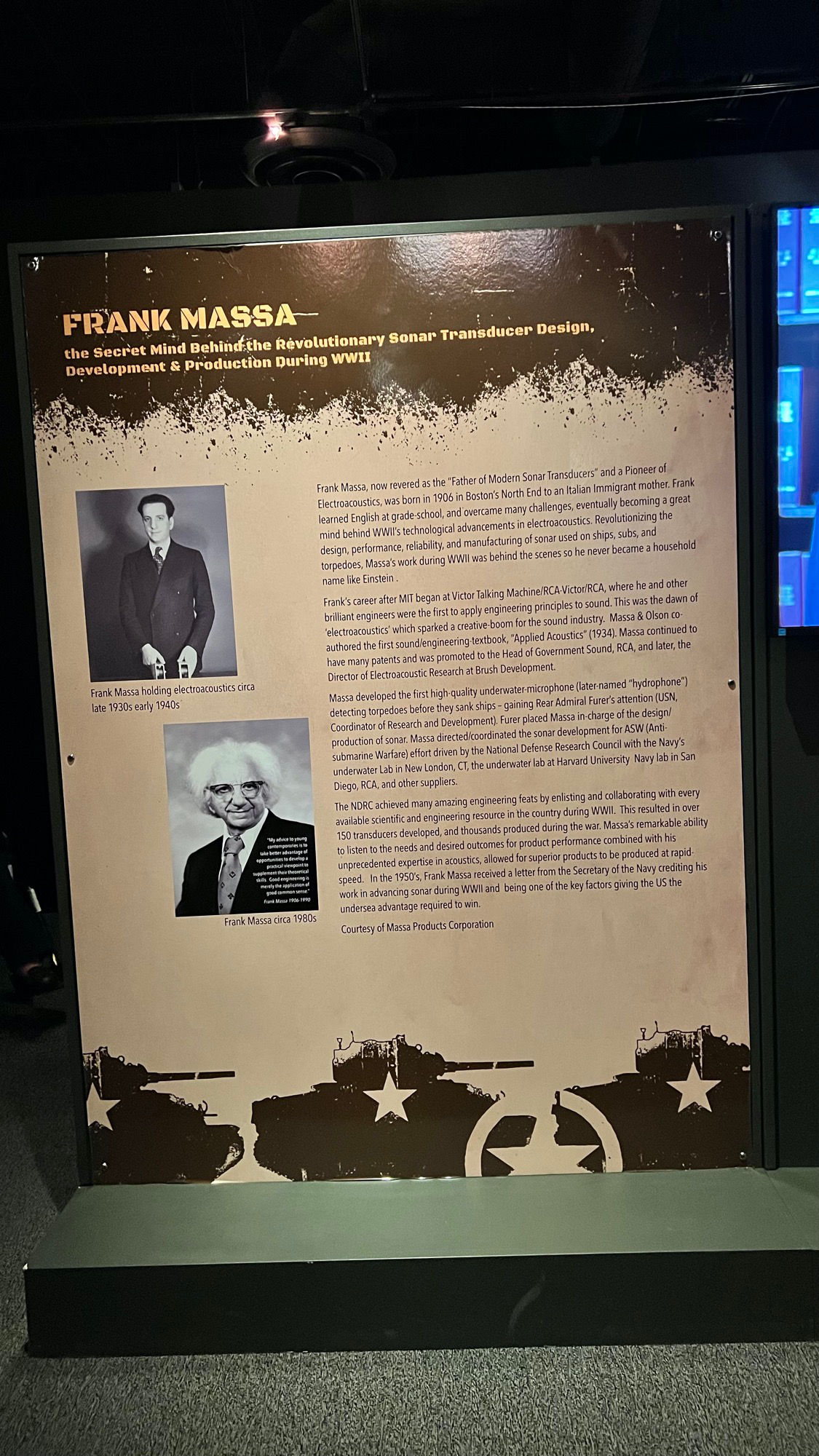
The Secret Mind Behind the Revolutionary Sonar Transducer Design, Development & Production During WWII
Frank Massa, now revered as the "Father of Modern Sonar Transducers" and a Pioneer of Electroacoustics, was born in 1906 in Boston's North End to an Italian Immigrant mother. Frank learned English at grade school, and overcame many challenges, eventually becoming a great mind behind WWII's technological advancements in electroacoustics. Revolutionizing the design, performance, reliability, and manufacturing of sonar used on ships, subs, and torpedoes, Massa's work during WWII was behind the scenes so he never became a household name like Einstein.
Frank's career after MIT began at Victor Talking Machine / RCA-Victor / RCA, where he and other brilliant engineers were the first to apply engineering principles to sound. This was the dawn of "electroacoustics" which sparked a creative boom for the sound industry. Massa & Olson co-authored the first sound engineering textbook, "Applied Acoustics" (1934). Massa continued to have many patents and was promoted to the Head of Government Sound, RCA, and later, the Director of Electroacoustic Research at Brush Development.
Massa developed the first high-quality underwater-microphone (later-named "hydrophone") detecting torpedoes before they sank ships - gaining Rear Admiral Furer's attention (USN, Coordinator of Research and Development). Furer placed Massa in charge of the design / production of sonar. Massa directed / coordinated the sonar development for ASW (Anti-Submarine Warfare) effort driven by the National Defense Research Council with the Navy's underwater Lab in New London, CT, the underwater lab at Harvard University Navy Lab in San Diego, RCA, and other suppliers.
The NDRC achieved many amazing engineering feats by enlisting and collaborating with every available scientific and engineering resource in the country during WWII. This resulted in over 150 transducers developed, and thousands produced during the war. Massa's remarkable ability to listen to the needs and desired outcomes for product performance combined with his unprecedented expertise in acoustics, allowed for superior products to be produced at rapid speed. In the 1950s, Frank Massa received a letter from the Secretary of the Navy crediting his work in advancing sonar during WWII and being one of the key factors giving the US the undersea advantage required to win.
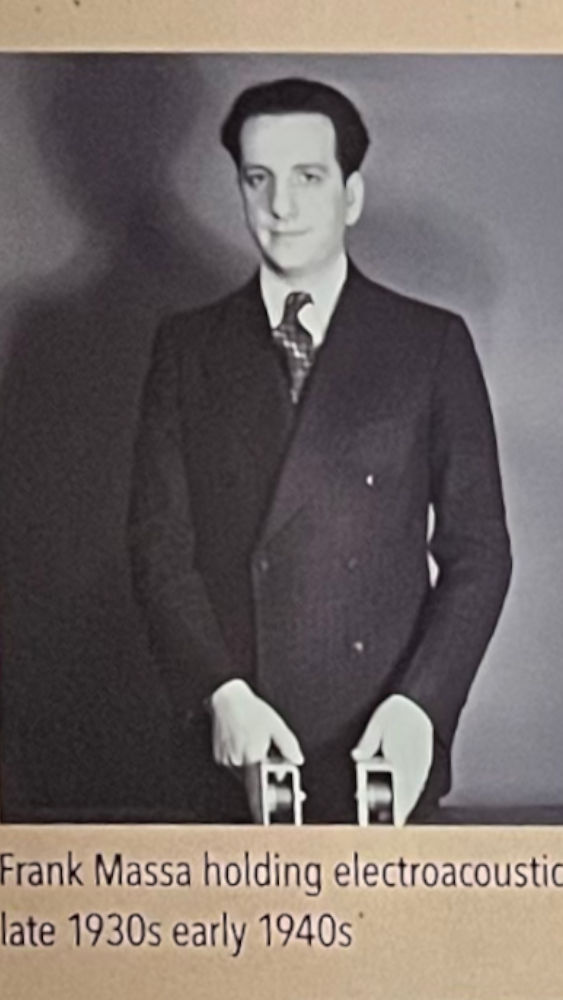
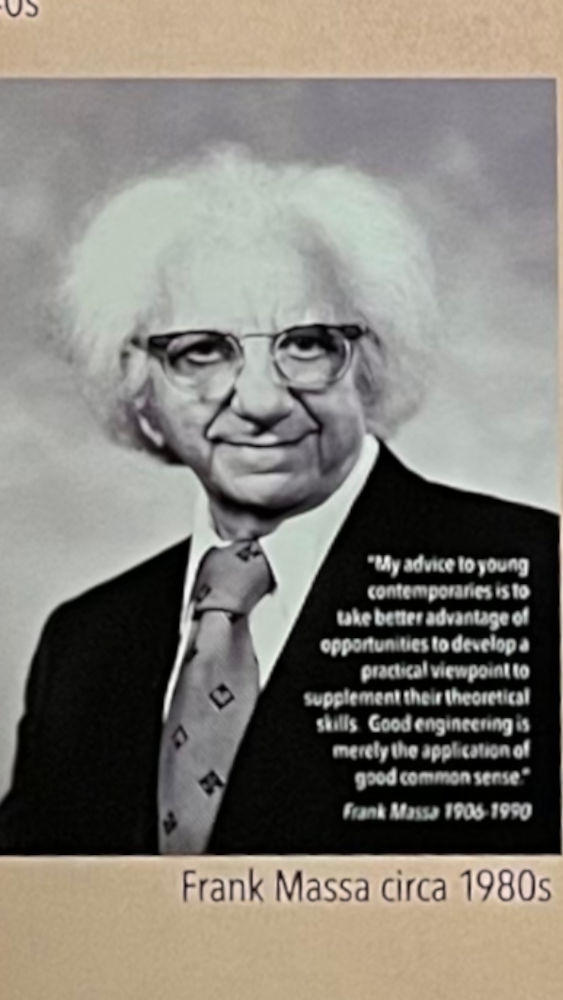
My advice to young contemporaries is to take better advantage of opportunities to develop a practical viewpoint to supplement their theoretical skills. Good engineering is merely the application of good common sense.
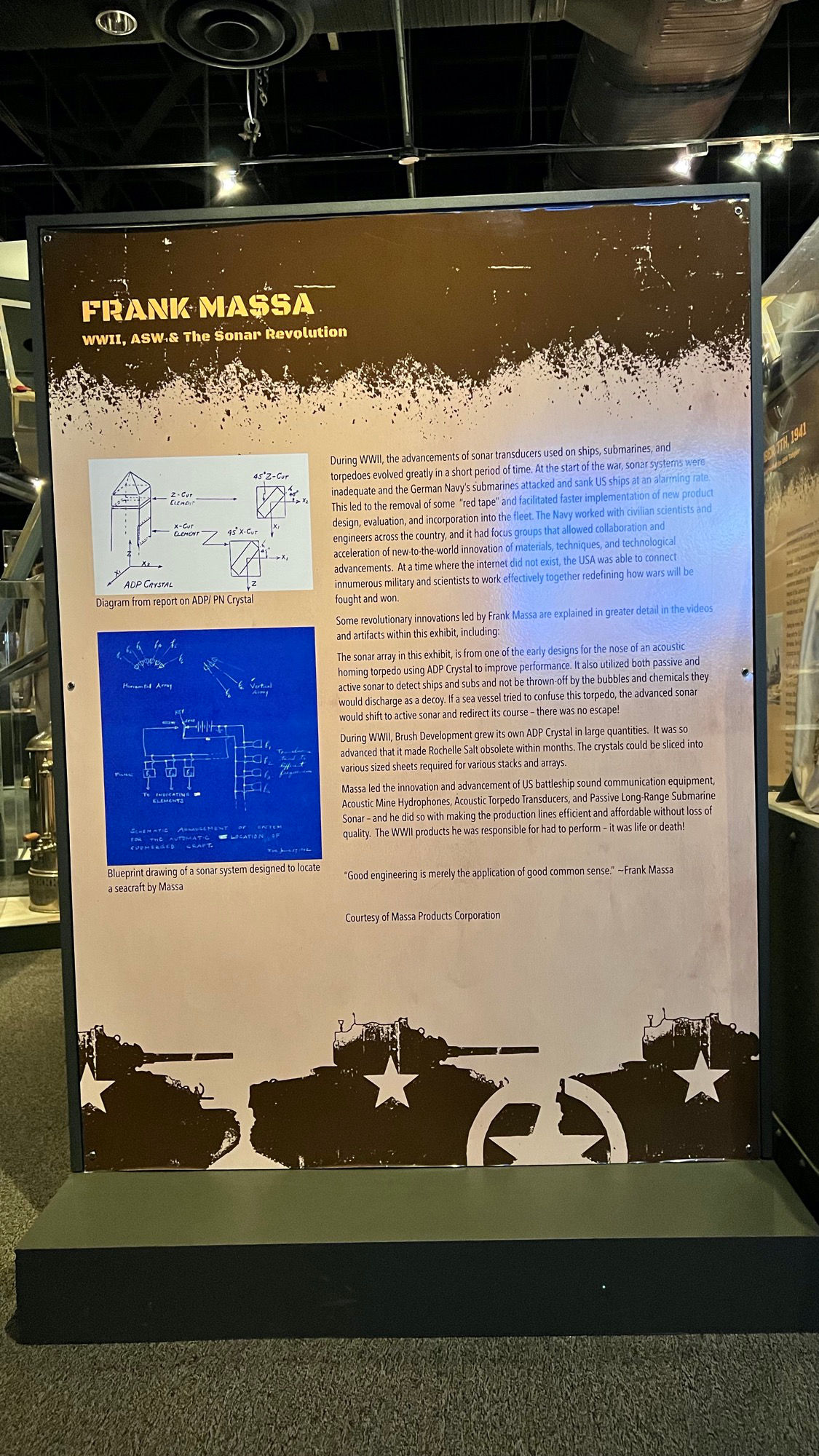
WWII, ASW & The Sonar Revolution
During WWII, the advancements of sonar transducers used on ships, submarines, and torpedoes evolved greatly in a short period of time. At the start of the war, sonar systems were inadequate and the German Navy's submarines attacked and sank US ships at an alarming rate. This led to the removal of some "red tape" and facilitated faster implementation of new product design, evaluation, and incorporation into the fleet. The Navy worked with civilian scientists and engineers across the country, and it had focus groups that allowed collaboration and acceleration of new-to-the world innovation of materials, techniques, and technological advancements. At a time where the internet did not exist, the USA was able to connect innumerous military and scientists to work effectively together redefining how wars will be fought and won.
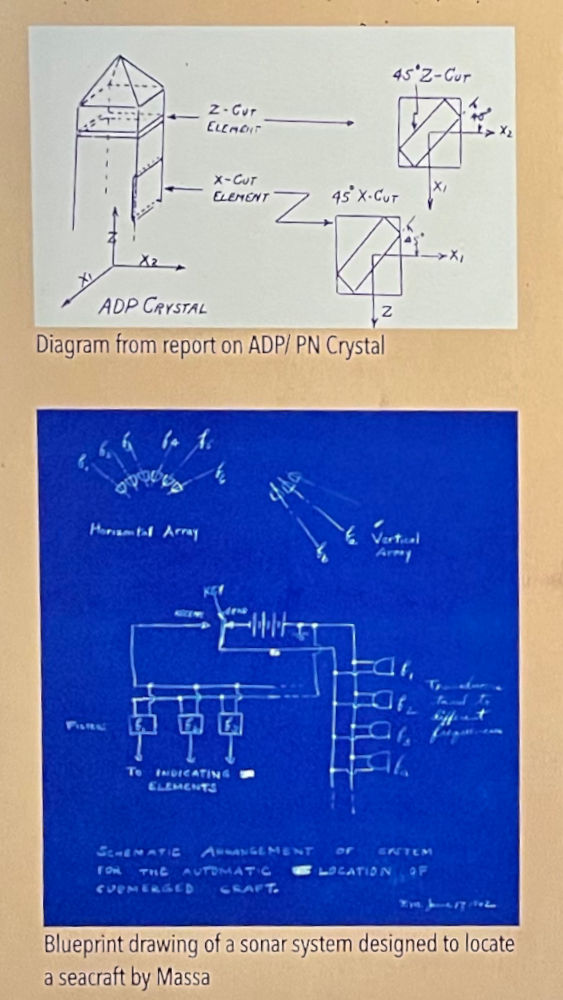 Some revolutionary innovations led by Frank Massa
Some revolutionary innovations led by Frank Massa
The sonar array, is from one of the early designs for the nose of an acoustic homing torpedo using ADP Crystal to improve performance.
It also utilized both passive and active sonar to detect ships and subs and not be thrown-off by the bubbles and chemicals they would discharge as a decoy.
If a sea vessel tried to confuse this torpedo, the advanced sonar would shift to active sonar and redirect its course - there was no escape!
During WWII, Brush Development grew its own ADP Crystal in large quantities. It was so advanced that it made Rochelle Salt obsolete within months. The crystals could be sliced into various sized sheets required for various stacks and arrays.
Massa led the innovation and advancement of US battleship sound communication equipment, Acoustic Mine Hydrophones, Acoustic Torpedo Transducers, and Passive Long-Range Submarine Sonar - and he did so with making the production lines efficient and affordable without loss of quality. The WWII products he was responsible for had to perform - it was life or death!
Good engineering is merely the application of good common sense
